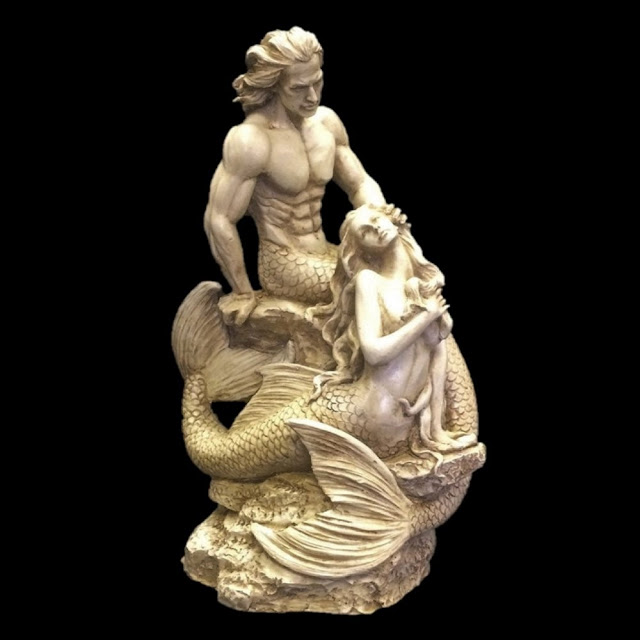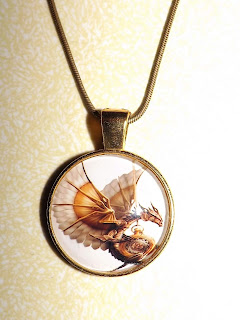STORYTIME: THE FISHERMAN & THE MERMAID
Once upon a time, there were two princes. Of the two men, Hoori was the great hunter, and Hoderi, the famous fisherman. Rain or shine, Hoderi always returned home with fish, and Hoori, the greatest marksman to walk the earth, ensured that no villager went hungry. But, despite Hoori’s prowess amongst huntsmen, he longed to be like his brother. He too desired to snag something extravagant from the sea, so Hoori asked Hoderi to borrow his boat and lucky fishing hook. But after an entire day spent casting and praying for a bite, Hoori went home empty-handed. Even worse, he’d lost his brother’s lucky hook.
Hoderi was angry with his brother. He threatened to take Hoori’s horse and bow if he didn’t find and return his hook. Knowing that he could not hunt without his lucky charms, Hoori dove to the bottom of the sea. He swam and searched but found no hook, just a curious mermaid named Toyotama. Her name meant ‘beautiful jewel,’ and she was the sea god’s daughter. Although Hoori had not found what he’d been hunting for, he’d discovered something mightier than steel or bow – he found love. Hoori and Toyotama made a home beneath the waves, and for a few years, he thought of nothing but his desire for the sea god’s daughter.
But after three years of living in underwater bliss, Hoori began to miss his royal life on land. Sensing the young man’s discontent, the sea god went to Hoori and bid him farewell. As a parting gift, he retrieved the missing hook from his pocket and handed it to the prince.
Once Hoori returned the hook to his brother, the prince decided to build a new home for Toyotama. The mermaid was pregnant with their son and had requested a cozy, secluded room to usher in new life. Unlike other princesses, Toyotama did not concern herself with trivial demands like silk bedsheets or dressing gowns embroidered with gold thread. She only asked that Hoori make himself scarce during their son’s birth.
Women often labored alongside other women, so Hoori was not surprised by her request for privacy. However, on the day their son was born, he could not resist the temptation to peek into her bedchambers. When Hoori spied on Toyotama, he discovered that she was not a mermaid, nor was she a human – she was a dragon.
Devastated by her husband’s betrayal, Toyotama knew the cure for a broken heart could only be found in the sea. She left their newborn in Hoori’s care and returned to her underwater lair. Legend says that the child grew up to be a fine hunter, fisherman, and eventually, father to Japan’s first emperor, Jimmu Tenno.
(Reference: Tamed Wild site: https://tamedwild.com/)



































